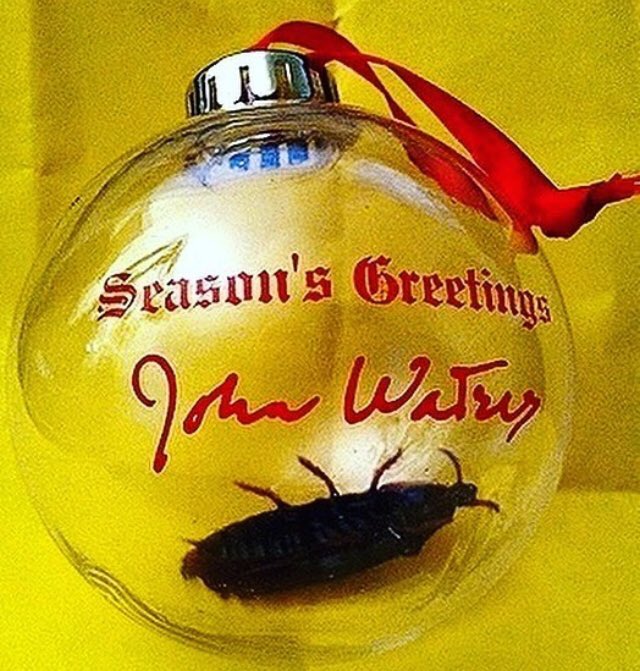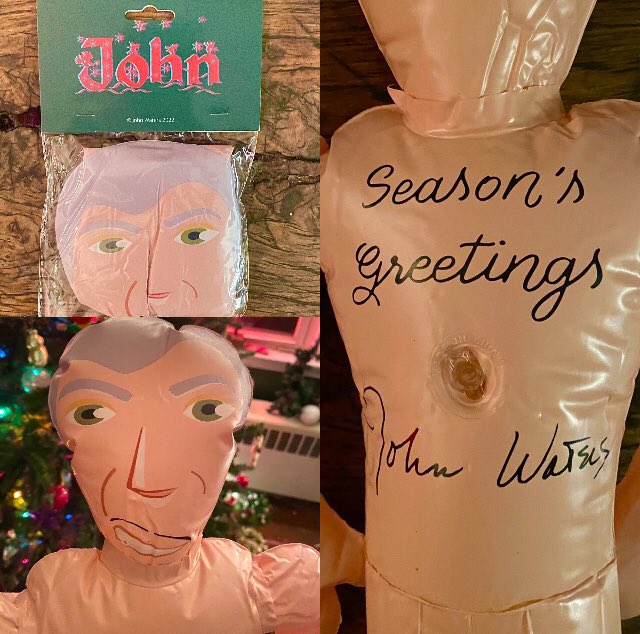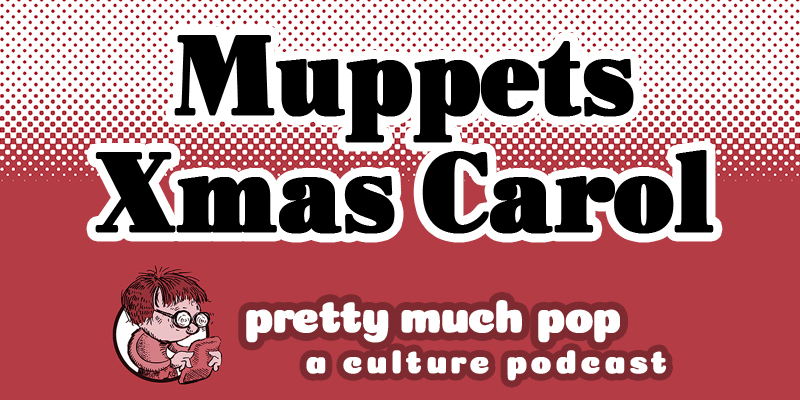When A Charlie Brown Christmas first aired 58 years ago, few had any confidence that it would be a hit. Its story and animation, bare-bones even by the standards of mid-nineteen-sixties television, made a positive impression on neither CBS’ executives nor on many of the special’s own creators. They didn’t expect that this very simplicity would turn it into a perennial holiday favorite — nor, presumably, that its soundtrack by the Vince Guaraldi Trio would become one of the most beloved Christmas albums in existence. Now that we’re well into the season when the music from A Charlie Brown Christmas is heard every day in homes, cafés, and shopping malls all around the world, why not get an introduction to Guaraldi, the man and his music, from pop culture video essayist Matt Draper?
“Born in San Francisco in 1928, Guaraldi credited his two uncles with sparking his interest in jazz as a child, with the future musician already learning the piano by age seven,” says Draper. After serving in the Korean War and returning home to study music at San Francisco State University, Guaraldi began to “pursue his love of jazz in local clubs.”
He soon formed his trio, and recording their first albums in the mid-nineteen-fifties, he “expanded his use of Latin jazz and bossa nova.” In 1962 Guaraldi scored his first hit with “Cast Your Fate to the Wind,” a single from an album inspired by Marcel Camus’ Black Orpheus. It was a radio broadcast of that song, so the story goes, that caught the ear of Lee Mendelson, who would produce A Charlie Brown Christmas, as he crossed the Golden Gate Bridge in a taxicab.
Mendelson initially commissioned Guaraldi to compose the music for A Boy Named Charlie Brown, a television documentary that ultimately never aired. But its recording sessions brought forth “Linus and Lucy,” which became Peanuts’ de facto theme song, and when Coca-Cola agreed to sponsor a Peanuts Christmas special in 1965 — a scant six months before Christmas itself — Guaraldi was called back to score it. “A Charlie Brown Christmas is a rather melancholic story centering on Charlie’s search for meaning and worth in the holiday season,” says Draper, “so it’s fitting that a large portion of Guaraldi’s score is tinged with sadness.” Yet “Guaraldi’s melancholy isn’t overwrought or forced; rather, it’s minor and subtle,” unlike the average film score that tries to “beat its listeners over the head with emotion.”
The soundtrack album, which you can hear (and see accompanied by a Yule fireplace) on the official Vince Guaraldi Youtube channel, offers musical variety from the “ton of swinging style” in its version of “O Tanenbaum” to the “waltz brimming with energy” of “Skating” to “Christmas Is Coming,” with its “hints of rock-and-roll.” In the video just above, composer-Youtuber Charles Cornell explains what makes it “without a doubt, the best Christmas album ever” (a title held along with that of the best-selling jazz album in history after Miles Davis’ Kind of Blue), not least its being less “in-your-face Christmas” than other similarly themed recordings. Yet he also acknowledges that Guaraldi’s most beautiful composition for a Peanuts special isn’t in A Charlie Brown Christmas, but It’s the Great Pumpkin, Charlie Brown, from 1966. When next fall fall rolls around, do make “Great Pumpkin Waltz” the first song you hear.
Related Content:
How Innovative Jazz Pianist Vince Guaraldi Became the Composer of Beloved Charlie Brown Music
Charles Schulz Draws Charlie Brown in 45 Seconds and Exorcises His Demons
The Enduring Appeal of Schulz’s Peanuts — Pretty Much Pop: A Culture Podcast #116
Based in Seoul, Colin Marshall writes and broadcasts on cities, language, and culture. His projects include the Substack newsletter Books on Cities, the book The Stateless City: a Walk through 21st-Century Los Angeles and the video series The City in Cinema. Follow him on Twitter at @colinmarshall or on Facebook.






